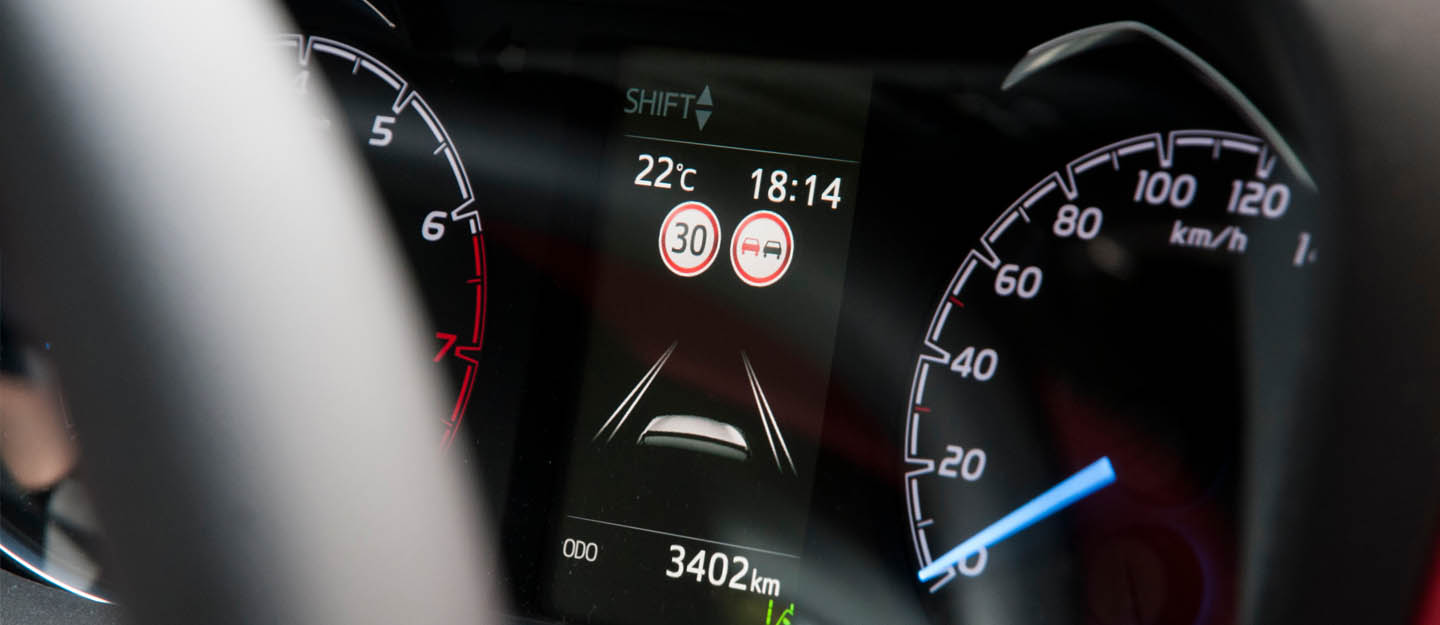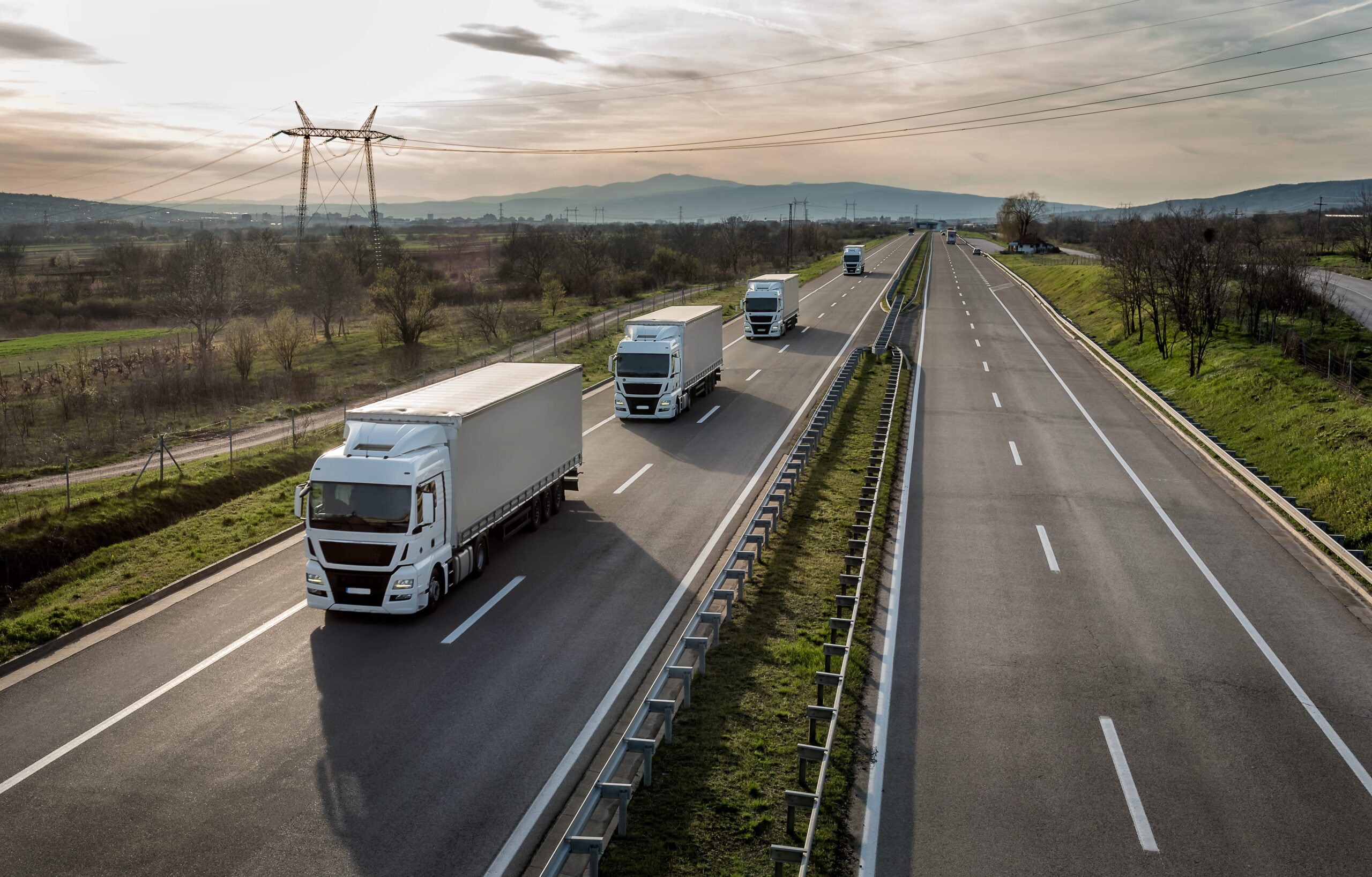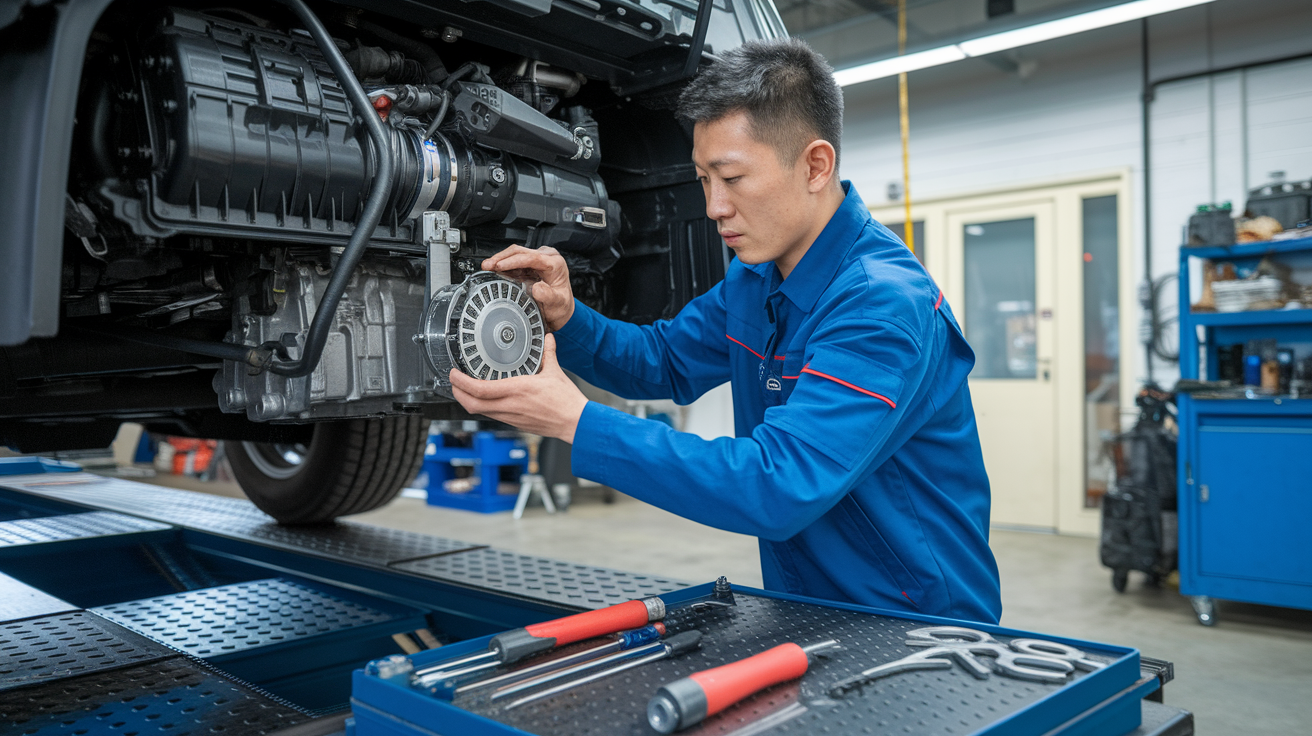If you’re managing a fleet or running commercial vehicles in Singapore, installing a speed limiter isn’t just smart — it’s required. Whether you’re hauling goods across expressways or running school transport, staying compliant with the Land Transport Authority (LTA) rules is key to keeping your operations smooth and safe.
In this guide, you’ll learn everything about speed limiter installation, certification, maintenance, and support services available in Singapore. I’ll walk you through the key tech involved — like GPS-based systems and ECU integration — and why choosing the right solution (and support team) really matters for your fleet.
Why Speed Limiting Matters in Singapore

Road safety isn’t just about seatbelts and signals. In a dense urban setup like Singapore, speeding is a serious risk. That’s where speed limiters come in.
These devices help keep commercial and fleet vehicles within safe speed thresholds. LTA mandates their use in various vehicle categories, including school buses and heavy goods vehicles. With expressways, CBD zones, and school zones having different speed requirements, adaptive speed control has become crucial.
And let’s not forget — enforcement is strict. If you’re found without an approved limiter or with a bypassed one, your business could face fines or worse.
Understanding Speed Limiters: Core Concepts
A speed limiter — sometimes called a speed governor — is a safety and regulatory device that ensures a vehicle doesn’t exceed a pre-defined maximum speed. It doesn’t just slow down a vehicle — it prevents it from going faster than allowed, using a combination of electronics, software, and sometimes mechanical linkages.
In Singapore, where urban density, highway control, and school zone safety are major traffic concerns, speed limiters play a big role in enforcing safer roads. The Land Transport Authority (LTA) has strict requirements around their use, especially for commercial vehicles, buses, and fleet operators.
But not all speed limiters are the same — and understanding the different types is crucial if you want to install the right one for your fleet.
Electronic Speed Limiters (ECU-Based)
These are the most common today — and the most precise. Electronic speed limiters interface directly with your vehicle’s Electronic Control Unit (ECU). The ECU is like the brain of your car. It manages everything from engine timing to throttle control.
When an electronic limiter is installed, it sends a signal to the ECU when the vehicle approaches the maximum speed threshold. The ECU then adjusts fuel injection, ignition timing, or air intake to prevent the engine from pushing past that limit.
Advantages:
-
Extremely accurate
-
Tamper-resistant when installed by certified technicians
-
Easily integrates with fleet telematics systems
-
Supports dual-speed profiles (urban vs. expressway)
Common Use-Cases:
-
School buses
-
Delivery fleets
-
Government or rental vehicles
Mechanical Speed Limiters
These are older, simpler devices that use physical means to limit speed — often by restricting throttle movement via a cable or governor mechanism. Unlike ECU-based systems, mechanical limiters don’t rely on electronics or software.
They’re still used in some older commercial trucks or in countries with less electronic integration, but in Singapore, they’re becoming rare due to compliance and compatibility limitations with modern vehicle systems.
Disadvantages:
-
Less precise control
-
Easier to tamper with
-
Difficult to integrate with vehicle diagnostics or fleet monitoring tools
GPS-Based Speed Limiters
These are the most intelligent and location-aware systems on the market today. A GPS-based limiter adjusts speed in real time based on the vehicle’s location and the posted speed limits in that area.
For example, a vehicle can automatically switch to 50 km/h when entering a school zone, and return to 70 km/h when it exits. This is perfect for places like Singapore, where expressways, tunnels, and residential roads all have different speed policies.
These systems usually work in tandem with:
-
ECU signals
-
Telematics platforms
-
Geo-fencing logic
-
Driver alerts or feedback systems
Benefits:
-
Automatic speed profile switching based on location
-
Real-time monitoring for fleet managers
-
Compliant with adaptive enforcement zones
Passive vs. Active Limiters: What’s the Difference?
This is an important distinction that many fleet managers overlook.
Passive Speed Limiters
-
Set the speed and forget it.
-
The system will prevent the vehicle from crossing the limit but doesn’t alert the driver beforehand.
-
Good for consistent route vehicles (e.g., warehouse deliveries, shuttles).
Active Speed Limiters

-
Provide driver warnings before intervention.
-
Can beep, vibrate the seat, or show dashboard alerts when the vehicle approaches the cap.
-
Some systems may even apply throttle reduction or soft braking if the driver doesn’t slow down.
-
Ideal for multi-zone operations or fleets with newer drivers.
How to Choose the Right Speed Limiter
Choosing the right system depends on:
-
Your fleet’s operational environment
(Expressways? Inner city? School zones?) -
Driver profiles
(Experienced drivers vs. contract operators?) -
Vehicle type
(Newer vehicles support ECU better than older trucks) -
Level of automation you want
(Manual enforcement vs. adaptive intelligence)
For example:
-
A school bus operating across different districts would benefit from a GPS-enabled dual-speed limiter.
-
A construction truck running set routes daily may only need a basic ECU-based electronic limiter.
Regulatory Compliance in Singapore
When it comes to speed limiters in Singapore, compliance isn’t optional — it’s tightly regulated by the Land Transport Authority (LTA). Whether you operate a single school bus or a large fleet of commercial vehicles, you’re legally obligated to follow a specific framework that governs installation, certification, and ongoing maintenance of these devices.
LTA’s goal is to ensure that every vehicle on the road adheres to safe operating speeds, especially in sensitive zones like residential areas, school zones, and expressways. Non-compliance isn’t just a regulatory slip-up — it can directly impact road traffic safety, increase insurance liabilities, and even lead to fleet suspension or vehicle deregistration.
Let’s break down exactly what you need to comply with — and why each part matters.
1. Installation by a Certified Automotive Workshop
One of the first things LTA checks is who installed your speed limiter. It must be done by a certified workshop that’s registered with LTA and authorized to work on commercial vehicle speed control systems.
These workshops:
-
Follow LTA-approved protocols
-
Use ECU-compatible hardware
-
Conduct functional tests post-installation
-
Provide traceable documentation
DIY installations, roadside fixes, or uncertified garage work won’t be accepted. In fact, vehicles with uncertified speed limiters can fail their periodic inspections at VICOM, STA, or JIC inspection centres — costing you both time and money.
2. Speed Limiter Installation Certification
After installation, the workshop will issue an Installation Certificate — a formal document proving that the limiter was properly fitted and calibrated according to national standards.
This certificate includes:
-
Vehicle registration details
-
Type and model of the speed limiter
-
Installer information
-
Calibration settings (e.g., max speed cap)
-
Date of installation
You are required to keep this document in the vehicle at all times, especially for commercial operations. It’s one of the first things enforcement officers check during roadside inspections or fleet audits.
3. Devices Must Meet ISO & SAE Standards
Speed limiters installed in Singapore must comply with globally recognized standards such as:
-
ISO 15622: Adaptive cruise control systems
-
ISO 26262: Functional safety for road vehicles
-
SAE J2261: Speed control and limitation for commercial vehicles
These standards ensure that the device is:
-
Tamper-resistant
-
Functionally stable across diverse environments
-
Safe under all load conditions
-
Compatible with electronic and OBD-II vehicle systems
Buying cheaper or grey-import devices that lack these certifications can render your fleet non-compliant, even if installed by a workshop.
4. Documentation and Inspection Readiness
Being compliant isn’t a one-time task. You need to maintain and update documentation to stay ready for LTA inspections or audits at any time.
What you need to track:
-
Original installation certificate
-
Records of any repairs, re-installations, or firmware updates
-
Maintenance logs from approved service centers
-
Documentation for re-certification after any ECU changes or engine upgrades
Vehicles are often pulled in for random inspections or annual checks. If your speed limiter fails to perform, or if documentation is missing, you could face:
-
Immediate fines
-
Inspection failures (resulting in vehicle seizure)
-
Possible deregistration for repeated offenses
Penalties for Non-Compliance
Let’s be clear — skipping compliance steps isn’t just risky, it’s costly. Here’s what you could face:
| Offense | Penalty |
|---|---|
| No certified speed limiter | Fine up to $10,000 |
| Missing installation certificate | Inspection failure or detention |
| Tampering with speed limiter | Vehicle deregistration, legal action |
| Use of non-approved device | Invalid insurance, commercial license suspension |
Quick Compliance Checklist
Before hitting the road, ask yourself:
-
Was the speed limiter installed by an LTA-certified workshop?
-
Do I have the official installation certificate in the vehicle?
-
Is the device ISO and SAE-compliant?
-
Are all records up-to-date and easily accessible?
-
Has the limiter been tested and calibrated for accuracy?
Choosing the Right Speed Limiter for Your Fleet

Not all vehicles are the same — and neither are speed limiters.
If you’re managing:
-
School buses, you’ll need speed caps during school hours and within residential zones.
-
Logistics trucks, you’ll need GPS-based systems that adjust to highway limits and cargo zones.
-
Private hire fleets, dual-speed limiters are often best, switching between urban and expressway limits.
Adaptive limiters that sync with Singapore’s smart traffic systems offer better compliance and efficiency. Some even integrate with telematics platforms, giving you real-time speed data and driver behavior analytics.
Speed Limiter Installation in Singapore
Installing a speed limiter isn’t a simple plug-and-play job. Here’s what the process usually looks like:
-
Diagnostic Check – The workshop connects to the ECU and confirms compatibility.
-
Device Selection – Based on your fleet profile and operational zones.
-
Hardware Integration – Fitting the limiter, wiring it correctly.
-
ECU Programming – This is where speed thresholds are defined.
-
Testing & Calibration – Ensuring the limiter kicks in at the correct speed.
-
Certification – Issued by the installer, recognized by LTA.
Choose only certified Singapore automotive workshops that have experience with ECU integration and telematics compatibility.
After-Sales Support and Maintenance
Speed limiters aren’t install-and-forget systems. They require proper maintenance.
Here’s what good after-sales support includes:
-
Preventive Maintenance – Regular check-ups to prevent ECU errors or hardware faults.
-
Troubleshooting Services – If the limiter malfunctions or causes false speed caps.
-
Firmware Updates – Especially for GPS-based systems that need map and logic updates.
-
Re-certification – Sometimes needed after major repairs or changes to vehicle setup.
A responsive technical support team can keep your downtime to a minimum and ensure your entire fleet remains compliant.
Telematics, Data, and Fleet Performance Monitoring
Today’s speed limiters don’t just control speed — they provide data-driven insights.
Modern systems connect with fleet telematics platforms, allowing you to:
-
Monitor driver behavior
-
Generate compliance reports
-
Track vehicle location and speed patterns
-
Improve fuel efficiency through smoother driving
Some platforms even let you set geo-fenced speed zones, which is perfect for operations in school zones or construction areas.
Support Services for Fleet Operators

If you’re operating more than a few vehicles, you’ll want more than just installation. Here’s what full-service providers offer:
-
Fleet-wide rollout plans with bulk pricing
-
Custom calibration for mixed-use fleets
-
Training for drivers and fleet managers
-
On-site support in case of malfunctions
-
Integration with fleet management systems (FMS)
Look for companies that understand your industry — whether you’re in logistics, education, or private transport. The right partner saves you money, time, and a whole lot of compliance headaches.
FAQ
Do I need a speed limiter for every vehicle?
Yes — if it falls under the LTA-mandated category. Don’t skip even one.
Can I bypass or remove a limiter?
Absolutely not. It’s illegal and could cost you your license.
My vehicle has cruise control. Isn’t that the same?
Nope. Cruise control maintains speed — it doesn’t limit it. Limiters are regulatory devices.
Are there penalties for non-compliance?
Yes. You could face deregistration, fines, or even court action.
Conclusion
Speed limiters aren’t just about obeying the law — they save lives, reduce maintenance costs, and give you control over your fleet. In Singapore, with its complex road rules and strict LTA enforcement, getting compliant is non-negotiable.
Choose certified installers. Invest in smart systems. And always back it up with solid support.
Your fleet — and your peace of mind — will thank you.
